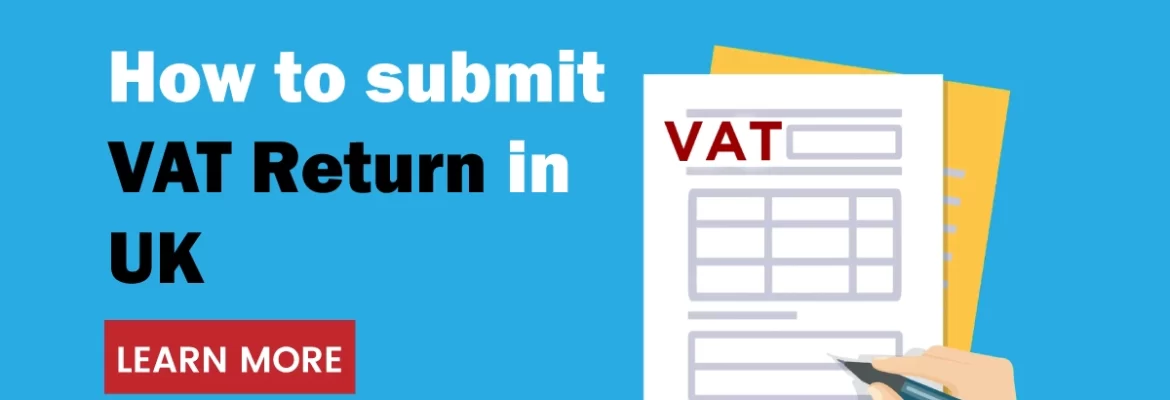Introduction If you are a self-employed individual in the United Kingdom operating a business without a company structure, you are considered a sole trader. As a sole trader, you are responsible for paying income tax on your earnings and National Insurance contributions. Understanding the rules and regulations surrounding sole trader tax is crucial to avoid […]





